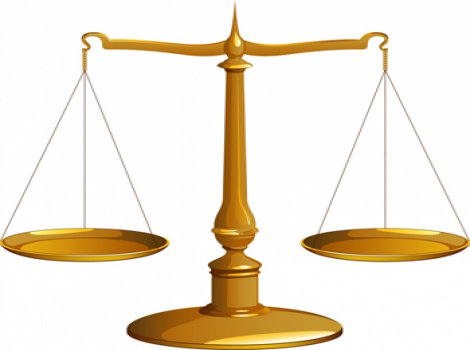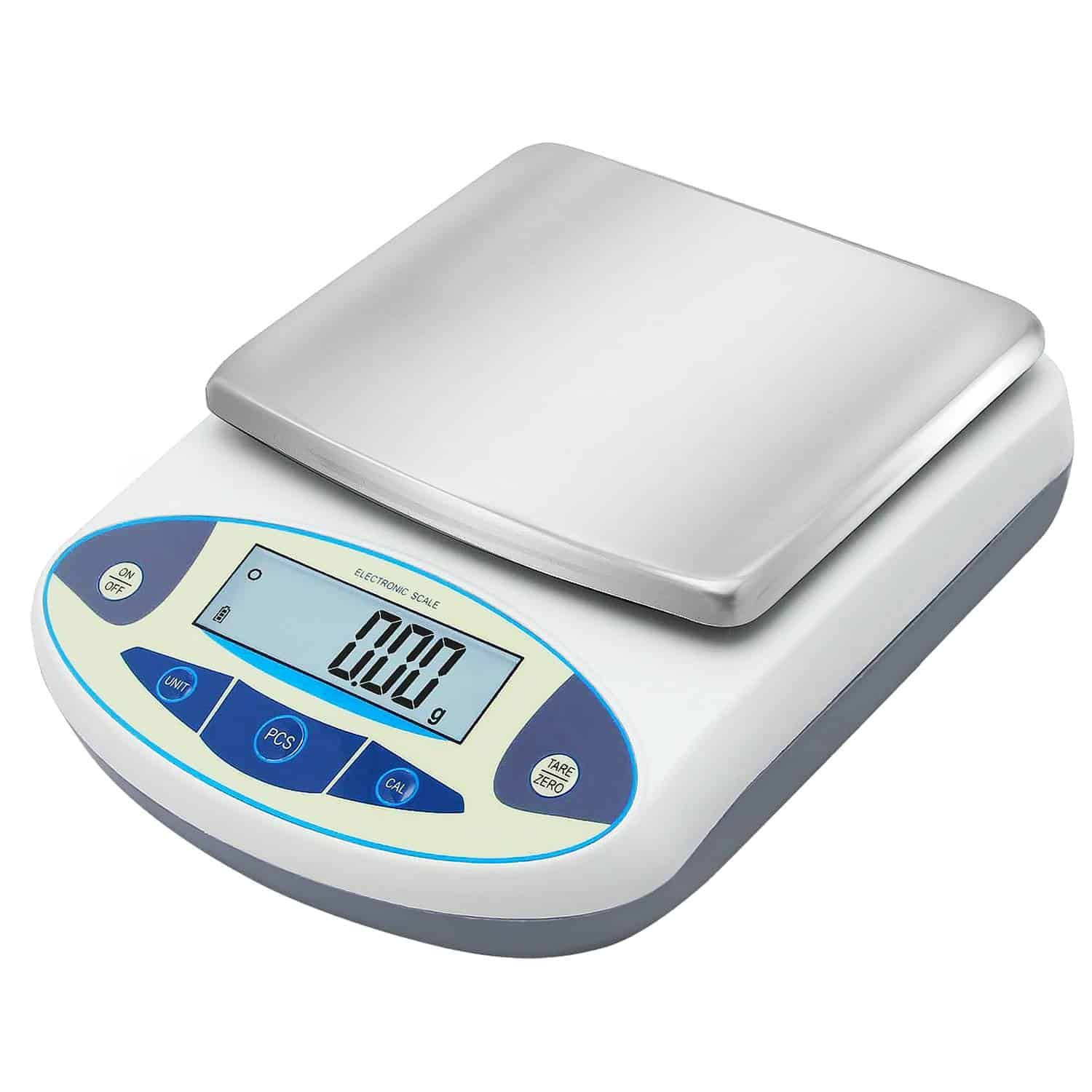The mass of an object describes the amount of matter present in a body. Mass and weight are different terms in scientific discussion; the weight of a body represents the earth’s gravitational pull toward its center. To determine the mass, scientists have devised several instruments. The use of different tools depends on the size, shape, or location of the object to get reliable results with little uncertainty.
What tool is used to measure mass?
The tools for measuring the mass in different environments are:
- Balances and scales
- Vibrating tube sensors
- Newtonian mass measurement devices
- Measurement transducers

What Scientific Instrument is Used to Measure Mass?
Balance or scale is the most common tool scientists use to determine an object’s mass. They compare the object of a known mass with the unknown to estimate the exact mass of the object in question.
Triple balance is one widely accepted balance for estimating mass in a metric system. The standard unit for measuring mass is a gram or kilogram.
Different types of balances, such as a scientific digital balance and a beam balance, use springs to which the body of an unknown quantity is fastened. The spring’s stiffness and the vibration level help determine the mass.
Nowadays, various modern digital and spring scales are available as home appliances. You can know your body weight just by standing on the weight balance. A digital ratio measures the body weight and gives the exact mass by subtracting the effect of gravity.

What is the Standard Unit Used to Measure Mass?
The standard unit of mass measurement is the kilogram or gram. We represent gram as ‘g’ and kilogram as ‘kg.’ The kilogram measures the mass of weighty objects like watermelon or a bottle of one-liter water, while we calculate the mass of lighter things like chocolate in grams. There are 1000 grams in one kilogram.
Does Beam Balance Measure Mass?
Yes, the beam balance is preferably used to measure the mass of a body in the range of 10 mg to 1 kg under gravitational force for high precision. It contains a couple of scale pans at each end of a rigid beam. The pans are hung through stirrups, and a wooden baseboard is provided with three leveling screws, two of which are of adjustable heights that help level the baseboard horizontally.
The two masses are taken in pans to compare the body weights, and weight is proportional to the masses if they are determined in the same place.
More instruments for Measuring the Mass
More instruments for objects of specific types and nature are briefly mentioned in this article.
Space Linear Acceleration Mass Measurement Device (SLAMMD)
SLAMMED is another unworldly and less common device for measuring the mass of a human in orbit at the International Space Station. A pole-mounted device depends on Sir Isaac Newton’s Second Law of Motion, which states that force equals mass times acceleration; the two springs apply pressure against a person to determine the person’s mass via power and acceleration.
Measuring Transducer Device
For instance, if determining the mass using a balance is impossible, another substitute is available. Scientists prefer using transducers to measure the mass of a fluid in a graduated tank. A transducer determines the characteristic mass of a drink in a steady state. It delivers a signal to the processor that proceeds with the mass calculation, and the indicator displays the mass.
The gross mass is obtained by subtracting the floating roof mass.
Vibrating Tube Mass Sensor Tool
It is always challenging to determine an object’s microscope properties. However, modern scientifically developed tools are fruitful in dealing with tiny, invisible, or minimal materials. A vibrating tube mass sensor can measure micro-gram-sized biological samples in fluid.
The first step of its functionality is measuring the buoyant mass of an object using the density of the fluid; once the positive group is determined, the absolute value of the mass can be found by measuring the buoyant mass of the object in liquids of various densities. This cost-effective and portable tool provides invaluable data for biomaterials such as cells, seeds, and embryos.
Gravitational Interaction
For the gigantic objects in space, scientists believe that the gravitational interaction of the object in question with nearby objects is reliable in determining the mass. To estimate the mass of a star, you need to know the distance plus time of its movement relative to others. Scientists also use the velocity of rotation to calculate the mass of different galaxies.
Which of these is an Appropriate Instrument to Measure Mass?
Balances and scales are widely used, reliable tools for measuring the exact mass of an object with little uncertainty. They are easy to use for all kinds of things, less costly, and more reliable than any other complex instrument.
Suppose you use a beam balance. Place the object whose mass is determined by the standard known mass in the left pan and the right pan. Adjust them so that the beam is horizontal while holding the balance up. The standard net weight is equal to the mass of the given body.
It measures an object’s mass by comparing it with a known group, and there is no effect of gravity or experimental error.
The digital balance has taken over the massive sphere of the scientific world due to its convenience, quickness, and reliability. If you are endeavoring to gain or lose weight and check the variations periodically, you can determine your body weight in numbers by placing yourself on the digital scale.
The digital balance helps scientists calculate the exact amount of chemicals required for a particular laboratory experiment.
- Facebook Ads to Get Followers! - December 27, 2024
- ClickUp vs. Slack - December 20, 2024
- Mastering E-Commerce Analytics: A Blueprint for Success






